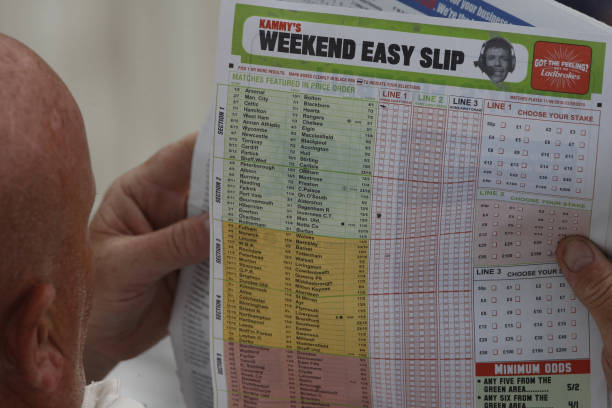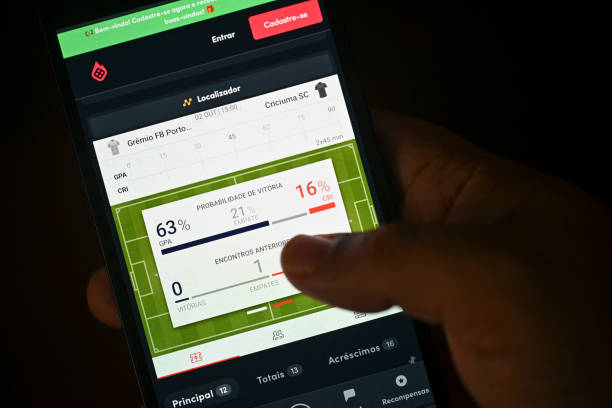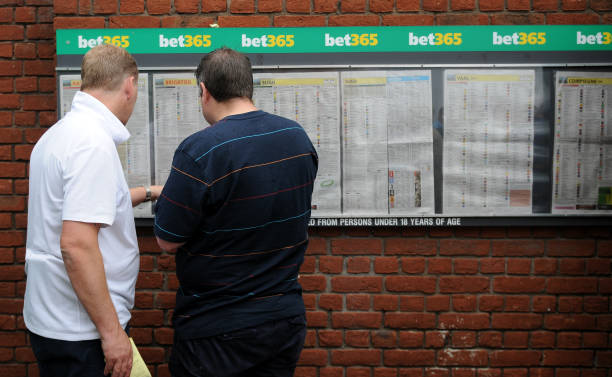
Betting analysis is essential for anyone looking to succeed in sports betting. One of the most critical aspects of this is understanding how to read and interpret betting odds. Whether you’re new to betting or have some experience, knowing how to effectively analyze odds can make a significant difference in your betting success. In this post, we’ll share 7 expert tips on how to read and interpret betting odds like a pro. These insights will help you make more informed bets, increase your chances of winning, and boost your overall betting strategy.
7. Betting Analysis: Understand the Three Common Types of Betting Odds
The first step in betting analysis is to understand the different formats of odds. There are three main types used by bookmakers: decimal, fractional, and moneyline odds. Each one offers the same information but in different ways.
- Decimal Odds: Popular in Europe, these show the total payout (stake + profit) for each unit wagered. For example, 2.50 decimal odds means for every $1 wagered, you will win $2.50 (your stake plus $1.50 profit).
- Fractional Odds: Common in the UK, these are expressed as fractions (e.g., 5/1), indicating how much you’ll win relative to your stake.
- Moneyline Odds: Popular in the United States, these can be either positive or negative. Positive odds show how much you’ll win on a $100 bet, while negative odds indicate how much you need to wager to win $100.
Understanding these formats allows you to compare odds from different bookmakers and choose the best ones.

6. Calculate Implied Probability for Smarter Betting
One of the key elements of betting analysis is calculating the implied probability from the odds. This helps you understand the likelihood of a specific outcome occurring, which is essential for determining value in betting.
- How to Calculate Implied Probability:
- Decimal Odds: Implied Probability = 1 ÷ Decimal Odds
- Fractional Odds: Implied Probability = Denominator ÷ (Numerator + Denominator)
- Moneyline Odds: Positive odds: Implied Probability = 100 ÷ (Moneyline Odds + 100). Negative odds: Implied Probability = -Moneyline Odds ÷ (-Moneyline Odds + 100).
For example, decimal odds of 3.00 imply a 33.33% chance of winning (1 ÷ 3.00). This information is invaluable when assessing whether the odds offer value.
5. Recognize How Odds Movement Affects Your Bets
Odds fluctuate constantly due to various factors, including market demand, injuries, and changes in public opinion. Being able to interpret these shifts is a crucial part of betting analysis.
- Why Odds Move:
- Market Influence: The odds may shorten (become smaller) if there’s heavy betting on a particular team or outcome, and they may lengthen (become larger) if the betting market is less confident.
- Injury Updates: Major injuries can lead to a shift in odds, as the team’s chances of winning are perceived to be lower.
- Weather Conditions: Changes in weather can also influence the odds, particularly in outdoor sports like football or cricket.
By monitoring these movements, you can spot trends and make timely bets, often before the odds adjust too much.

4. Compare Betting Odds from Multiple Bookmakers
Not all bookmakers offer the same odds, and even slight differences in odds can lead to significant profits in the long run. Betting analysis should always involve comparing the odds from multiple betting sites to ensure you’re getting the best value.
- Why This Matters: By placing bets with the bookmaker offering the most favorable odds, you increase your potential payout. This is especially important for high-stakes bets or long-term betting strategies.
- Use Odds Comparison Sites: There are many online platforms dedicated to comparing odds across multiple bookmakers, which makes it easy to spot the best value.
SUGGESTED FOR YOU
Master Betting Terminologies in 2025: Football, Basketball & Rugby Explained
3. Bet Based on Value, Not Just on Probability
An essential aspect of betting analysis is the concept of value betting. While the implied probability from the odds is important, a key tip is to bet on value rather than just the most likely outcome.
- What is Value Betting?: Value betting means betting on outcomes where you believe the bookmaker’s odds underestimate the true probability of that outcome occurring.
- Example: If you calculate that a team has a 50% chance of winning (implied probability of 2.00 in decimal odds), but the bookmaker offers 2.50 odds, then this is a value bet.
By focusing on value rather than betting simply on the favorite, you can increase your long-term profitability.

2. Use Advanced Betting Metrics for Deeper Insights
For seasoned bettors, betting analysis can benefit greatly from advanced betting metrics and statistics. These metrics go beyond simple odds and offer deeper insights into the performance of teams, players, and conditions that affect outcomes.
- Expected Value (EV): This metric helps you understand the potential profitability of a bet by weighing the probability of winning and the potential payout.
- Payout Calculation: Always factor in the odds, potential profit, and the actual probability of the outcome when calculating the expected return.
- Advanced Analytics: Sports like football, basketball, and tennis offer advanced statistics such as player efficiency ratings, team possession stats, and match-ups, which can help refine your betting predictions.
Using these metrics gives you an edge in understanding which bets hold the most potential.
1. Practice Bankroll Management for Sustainable Betting
Lastly, betting analysis isn’t just about picking the right odds; it’s also about managing your betting bankroll wisely. Proper bankroll management ensures that you can withstand the ups and downs of betting without losing all of your funds.
- Set a Budget: Always decide in advance how much money you’re willing to risk. This should be an amount you can afford to lose.
- Bet a Fixed Percentage: A popular strategy is to bet a small percentage of your bankroll (typically 1-2%) on each wager. This protects you from huge losses while still allowing you to make the most of favorable betting opportunities.
- Track Your Bets: Keep a record of all your bets, including the odds, stake, and outcomes. This will help you analyze your betting strategy and identify areas for improvement.
By managing your bankroll effectively, you ensure that you can continue to bet and refine your strategy over time.

Conclusion: Master Betting Odds Like a Pro
Mastering the art of betting analysis and understanding how to read and interpret betting odds is essential for anyone who wants to succeed in the world of sports betting. By following these 7 expert tips—understanding odds types, calculating implied probabilities, recognizing value, and practicing good bankroll management—you’ll be well-equipped to make smarter, more informed bets. Remember, betting is about strategy, discipline, and continuously learning. By using these tips, you’ll be able to read betting odds like a pro and maximize your chances of long-term betting success.









